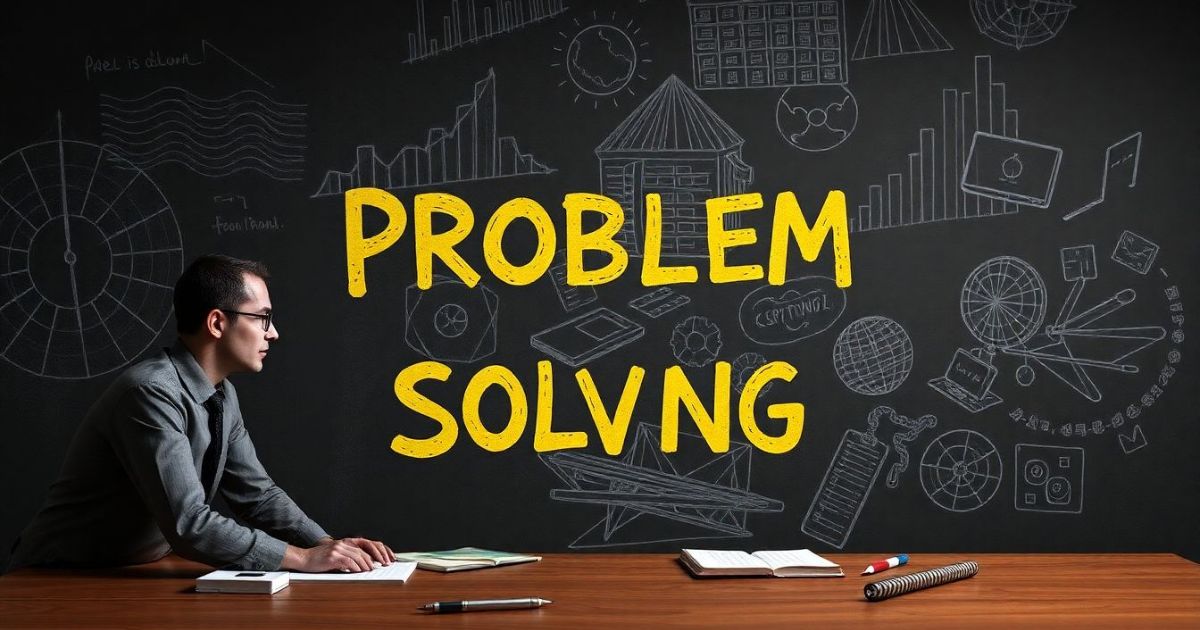Dreams and problem-solving are intricately linked as our subconscious mind tackles challenges in creative, unexpected ways. In our nightly journeys, the brain processes experiences and emotions, often revealing solutions and insights that elude us during waking hours.

Whether it’s a sudden breakthrough or a subtle shift in perspective, dreams offer a unique problem-solving laboratory where emotions, memories, and abstract thinking converge to spark innovation and clarity.
Key Takeaways
- Subconscious Innovation: Dreams serve as a natural incubator for creative solutions, integrating emotions and memories in ways that can reveal hidden answers.
- REM Sleep and Creativity: The REM stage—where most vivid dreams occur—plays a critical role in enhancing creative thinking and problem-solving abilities.
- Practical Benefits: Many individuals have experienced breakthroughs or new perspectives on personal and professional challenges through their dreams.
- Statistical Insights: Research indicates that up to 45% of people report experiencing a creative breakthrough or problem resolution following a vivid dream (NIH) and that REM sleep occupies roughly 20-25% of an adult’s sleep cycle (Sleep Foundation).
The Science Behind Dream Problem-Solving
How REM Sleep Fuels Creativity
During REM (Rapid Eye Movement) sleep, the brain exhibits heightened activity in regions associated with emotion and memory, such as the amygdala and hippocampus, while the prefrontal cortex—the seat of logical reasoning—is less active.
This unique neural environment encourages a form of free association, where connections between disparate ideas can emerge organically. In this state, dreams become a canvas for the subconscious to experiment with, often yielding novel solutions to problems that seem unsolvable during wakefulness.
Neural Mechanisms at Work
- Enhanced Emotional Processing: REM sleep intensifies emotional experiences, allowing unresolved feelings to be re-examined and re-contextualized.
- Memory Consolidation: The brain integrates recent experiences with older memories, which can lead to unexpected insights and creative problem-solving.
- Reduced Inhibition: The temporary downregulation of critical reasoning facilitates the free flow of ideas, enabling the mind to venture into unconventional territories.
Historical Perspectives on Dream-Driven Breakthroughs
Throughout history, dreams have often been the spark behind scientific and artistic revolutions. Notable examples include:
- Kekulé’s Benzene Ring: The renowned chemist August Kekulé reportedly visualized the structure of benzene in a dream where he saw a snake biting its tail.
- Mendeleev’s Periodic Table: Dmitri Mendeleev claimed that his dream of a structured arrangement of elements led to the formulation of the periodic table.
These accounts highlight how dreams can serve as a bridge between subconscious creativity and real-world innovation.
Related: Labyrinths in Dreams
Get instant dream insights with our Free Dream Interpretation App
Harnessing the Power of Dreams for Problem-Solving
1. Keep a Dream Journal
Recording your dreams immediately after waking can help capture fleeting insights. Over time, you may notice recurring symbols or themes that point to unresolved issues or creative solutions.
2. Practice Mindfulness
Mindfulness meditation before sleep can enhance self-awareness and improve dream recall. By calming the mind, you pave the way for richer, more coherent dream narratives.
3. Set Intentions
Before bedtime, focus on a specific problem or question. This practice—known as “dream incubation”—can prime your subconscious to work on the issue during sleep.
4. Reflect and Analyze
Review your dream journal regularly. Look for patterns or symbols that relate to your waking challenges and consider how they might offer a fresh perspective or solution.
Real-World Impact: Statistical Insights
- REM Sleep Duration: On average, REM sleep makes up 20-25% of an adult’s sleep cycle, providing ample opportunity for dream-based problem-solving (Sleep Foundation).
- Creative Breakthroughs: Studies by the National Institutes of Health suggest that approximately 45% of individuals have experienced creative insights or resolutions to problems following a vivid dream.
- Dream Frequency: Surveys indicate that nearly 70% of people believe that their dreams help them process daily challenges and stimulate innovative thinking (The Big Dream Survey).
Final Thoughts
Dreams and problem-solving are not mere coincidences but rather manifestations of the brain’s remarkable ability to connect dots in ways that defy conventional logic. By embracing the creative chaos of our dreams, we can unlock new pathways to overcome challenges, spark innovative ideas, and gain a deeper understanding of ourselves.





